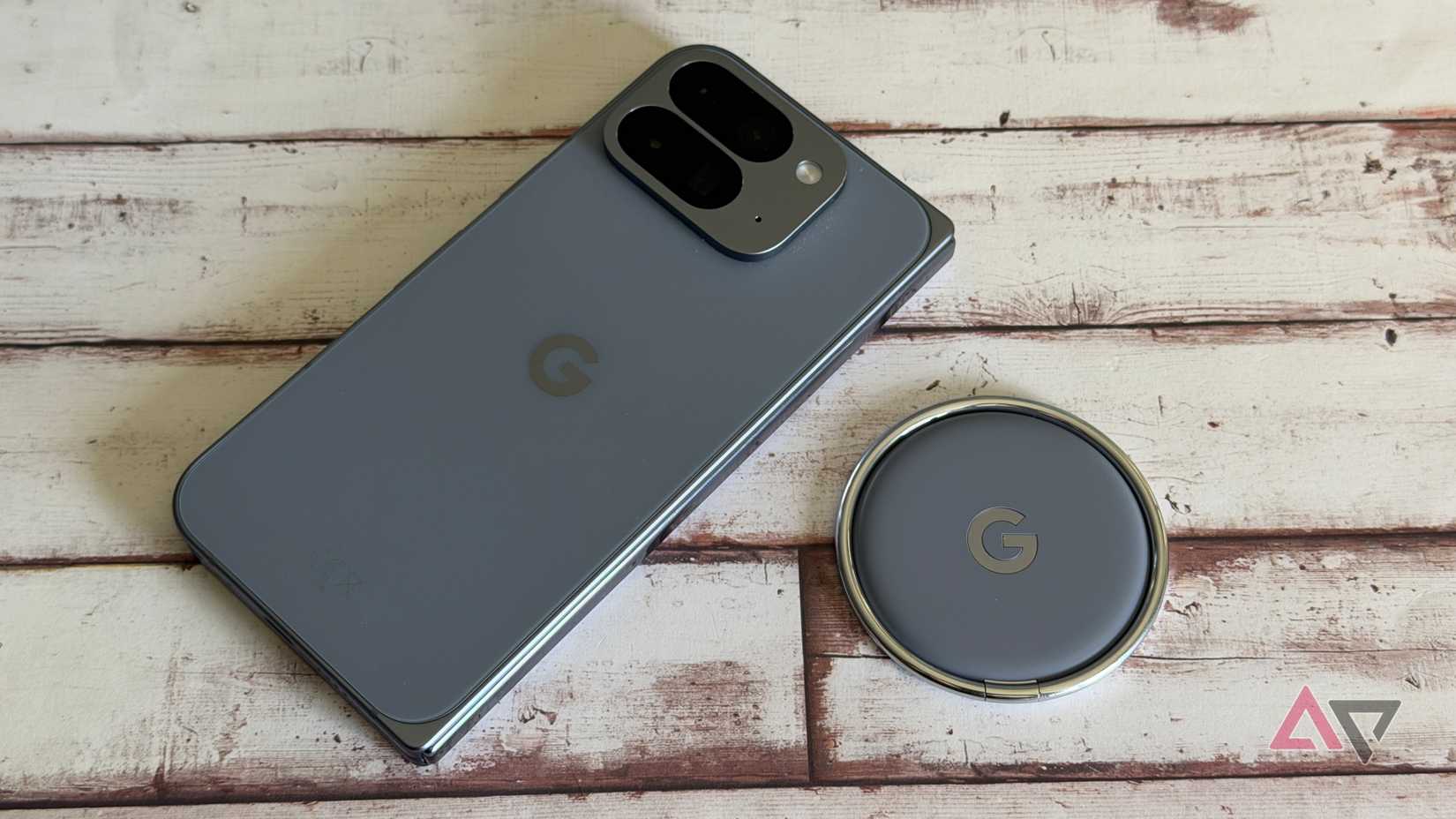If there’s something Android enthusiasts can all agree on, it’s that our phones’ batteries are not ideal.
From bizarrely slow charging speeds on Samsung Galaxy devices to the fluctuating battery life of each year’s Google Pixel phone, it’s hard to be confident in any Android phone’s battery without extensive testing and research.
However, one of the more perplexing issues has been the state of Qi2. Qi2 was released in the summer of 2023, three years after Apple launched MagSafe alongside the iPhone 12.
As Qi2 was based on MagSafe, we thought Google or Samsung would release the Pixel 8 and Samsung Galaxy S23 with Qi2. After all, they had had years to examine how MagSafe worked, and Android fans were keen to use efficient magnetic charging.
However, it wasn’t until the Pixel 10 launched in August 2025 that we saw the first Android phones with true Qi2 compatibility.
Why did it take so long for Android to adopt Qi2?
Nothing thinks it’s because of bureaucracy and red tape
While we were disappointed that the Pixel 8 and Samsung S23 didn’t offer Qi2 charging, we recognized that it had only been months since the Qi2 standard was formally released.
However, both companies refused to adopt the standard in 2024, and Samsung’s Qi2 Ready Galaxy S25 ended up causing more problems than it solved.
No Android manufacturer explained why they weren’t adopting Qi2 until a member of the Nothing phone content team spoke up about why it hadn’t adopted Qi2.
You can read our coverage of the story, but here are the key points in Nothing’s argument:
- Any manufacturer can use Qi2.
- Qi2 is based on Apple’s magnetic configurations for MagSafe.
- These magnetic configurations are patented and restricted.
- It’s risky and expensive (up to $10 million) to develop their own.
- Android manufacturers aren’t willing to pay for the patent or develop their own chargers.
In short, it’s red tape and patent fees that are stopping Android manufacturers from including Qi2 on their phones, according to Nothing. However, for many of us, this argument rang false.
The truth behind Qi2 and Android
Qi2 costs, but not as much as you think
Nothing’s statement struck us as odd, as Samsung had just released its Qi2 Ready cases.
If it really did cost Samsung $10 million to develop its own magnetic charging configuration, it would be strange to launch it in such a limited way, especially as this upgrade brought no appreciable benefits to charging the Galaxy S25.
YouTuber TechAltar reached out to the Wireless Power Consortium (WPC), which owns Qi2, about this statement, and they explained that Nothing did not fully understand the situation.
The Qi2 standard includes magnetic configurations, and while membership to the Wireless Power Consortium (WPC) is needed to use Qi2, this incurs an annual fee of $20,000 plus ecosystem costs.
It’s still a fair chunk of change, but a fraction of the $10 million estimated by Nothing.
However, while Nothing may be wrong about how Android manufacturers can use Qi2, its statement touches on what is the biggest reason: cost.
Qi2 works, but it’s not as effective as it could be
Why invest time and money in a feature we can accurately replicate?
Until recently, I owned a Pixel 8, which I kept topped up with a magnetic charger. My charging stand is on my desk, so when I put my phone down to work, I place it on the charger. This kept it topped up at all times, so I wasn’t caught out by low battery when I left my house.
But the Pixel 8 doesn’t support Qi2, so how did I do it?
The Pixel 8 supported wireless charging, but it did not have magnets. I thus bought a Peak Design charging stand and case, which brought me slow but effective wireless charging.
While it’s been slow, Android users have had access to magnetic wireless charging for years. The best part? You still need a case with the Pixel 10.
Just because the Pixel 10 is Qi2-compatible, it doesn’t mean you can buy any case and slap it on. The case must also be Qi2-compatible; otherwise, it will interfere with the strength of the magnets, leading to poor charging speeds and potential overheating.
So in the end, you have to invest the same amount of money in accessories to use your Pixel 10 for wireless charging, unless you want to take it out of the case every time it charges.
Qi2 is a nice feature to have, and it’s always been a matter of “when,” not “if,” for its arrival on Android devices.
Still, the fact remains that Android manufacturers would have to invest a significant amount of time and money, not just to access the Qi2 standard, but to engineer their phones to include magnets. All this work for a feature we have.
The Qi2 confusion has a boringly simple answer
Adding a new feature to a phone costs time and money. If it doesn’t solve a major problem, then it will get put off in favor of more valuable features (according to the companies in question, that is, I would much rather have had Qi2 on the Pixel 9 than its suite of AI features).
The real reason we haven’t seen Qi2 until now? It’s not because of bureaucratic red tape and patents, it’s because the manufacturers didn’t consider it a priority feature.
But hey, it’s here on Pixels, and Samsung might be gearing up for the release of a true Qi2 compatible phone at last.




… [Trackback]
[…] Information to that Topic: geeksforgeeks.org/android-s-biggest-hardware-update-is-mired-in-confusion-here-s-the-truth/ […]